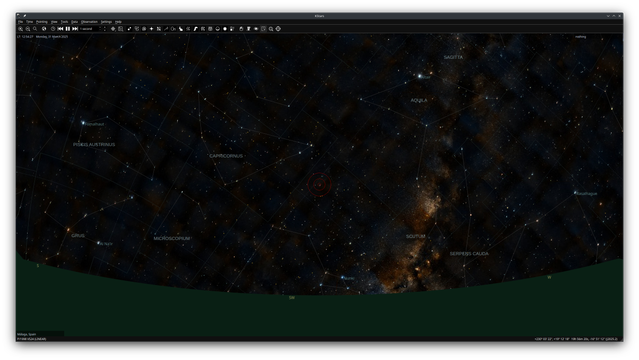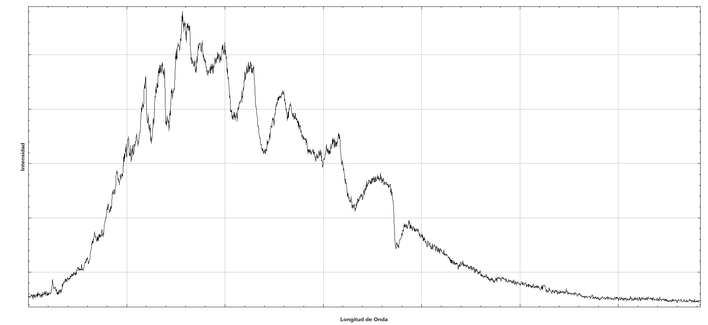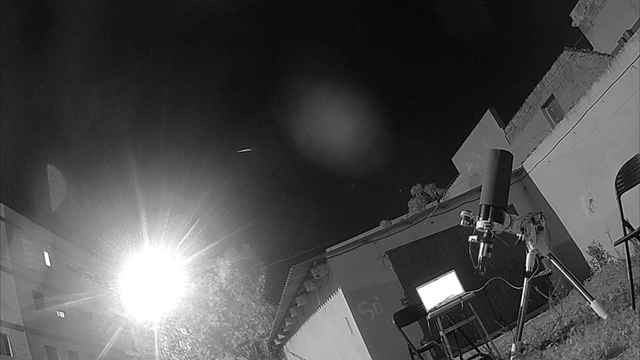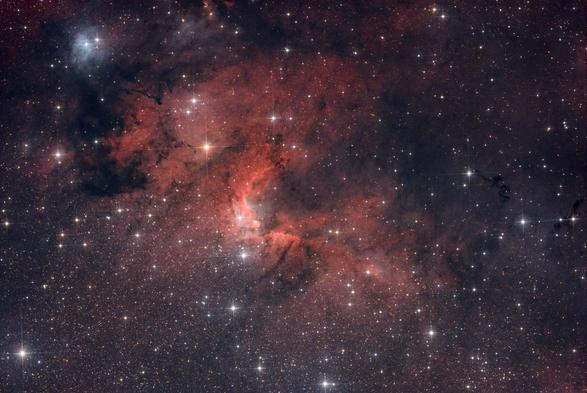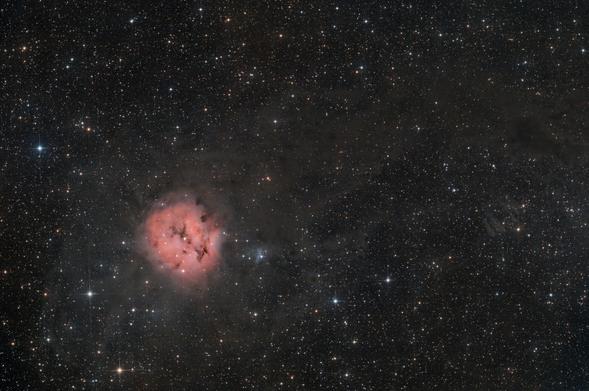New in the #VirtualObservatory: “TOI-2322 ESPRESSO and HARPS RVs” by Hobson M.J. et al.
https://cdsarc.cds.unistra.fr/viz-bin/cat/J/A+A/702/A32
#MultipleStars #KStars #Spectroscopy #VisibleAstronomy
#kstars
#indilib #ekos #kstars #stellarmate
It seems https://indilib.org/ is very slow. Not down but very slow.
And some links are broken, for example link to the forum.
New in the #VirtualObservatory: “TOI-2427 HARPS RVs and activity indicators” by Schmerling H. et al.
https://cdsarc.cds.unistra.fr/viz-bin/cat/J/A+A/699/A185
#RadialVelocity #KStars #MultipleStars #Exoplanets
New in the #VirtualObservatory: “RVs of TIC 56913729 & TIC 97729372 from LAMOST DR10” by Pan Y. et al.
https://cdsarc.cds.unistra.fr/viz-bin/cat/J/AJ/168/253
#EclipsingBinaryStars #RadialVelocity #VisibleAstronomy #KStars
Hello floss.social!
I've recently joined from fosstodon having previously been a first-timer to the fediverse on linuxrocks.online in around 2021.
I am a #manjaro, '#Debian and #FreeBSD user and my workflow comprises mainly of #kicad #arduino #stellarium and #kstars yes, there's a theme developing!
I am recently retired having been a Project Manager in IT
I drink #realale and follow #StockportCounty .
I do tend to post some #UKpolitics
Feel free to say hello and consider a follow..
Feeling brave, letting the telescope run overnight while I sleep. Fingers crossed #KStars looks after it all, and I'll be up at 7 to throw the cover over it!
#KStars debuts a new documentation site!
A comprehensive resource that helps you to get to know and make the most of KDE's fantastic night sky observatory and astrophotography utility.
At the moment, only English is available. More languages coming soon.
#astronomy #astrophotography #nightSky #education #photography
Currently collecting photons on a very weirdly framed jellyfish nebula (because my FOV is a bit tight for this one).
I like the overview page of #EKOS in #kstars so I took a quick screenshot of the current session.
On the 300s subframe preview you can already start to see the jellyfish Ha structure a bit :D
I think the DSOs with at least one medium bright star next to then are always my prefered ones. I really like star spikes.
(But please Alnitak, you are overdoing it)
I finally found the solution to leave the telescope outside the house with Astroberry and control it remotely from inside.
The distribution is very well thought out. By default it loads an #indiweb service that is accessed from #Kstars through port 8624.
In fact, in the ekos profile there is an option that searches the local network to see if there is an indiweb server to connect to.
Now I am going to try to close by default services that are not necessary like X, cups and others. This way I will be able to get more out of the raspberry 3
Technical details at https://telescopius.com/pictures/view/151612/deep_sky/ngc-6888/by-drgfreeman
#astrophotography #astronomy #nebula #deepsky #photography #astroberry #kstars #ekos #phd2 #raspberrypi #astrodon
🌌 🔭 😅
A la carga con Júpiter, Marte y lo que pueda ir apareciendo en el camino...
Ya pasamos por Venus y Saturno... Aunque no se descarta volver al último...
Estamos por acá:
https://youtube.com/live/9dEThmETEdM?feature=share
Un #ViernesDeEscritorio con #Kstars comenzando a trabajar...
I'm not done with the processing of my Soul Nebula (IC 1848) data but I thought I'd share this little crop from the larger image which has strong "cosmic cliffs" vibes.
Image: CC BY-NC-SA 4.0
#astrophotography #astronomy #astrodon #ic1848 #nebula #sho #DeepSky #space #darktable #kstars #ekos #phd2 #foss #CreativeCommons #ccbyncsa
The Helix Nebula (NGC 7293) is a planetary nebula in the constellation Aquarius. At approximately 655 light-years from Earth, it is one of the closest of the bright planetary nebulae.
The planetary nebula is formed by the shedding of the outer layers of its central star near the end of its evolution. The energy from the central star causes the expelled gases to fluoresce.
High resolution image and technical details on Telescopius: https://telescopius.com/pictures/view/201732/deep_sky/ngc-7293/helix-nebula/by-drgfreeman
Image license: CC BY-NC-SA 4.0.
#astrophotography #astronomy #photography #astrodon #nebula #PlaneratyNebula #DeepSky #space #NGC7293 #KStars #ekos #phd2 #GIMP
Sh 2-155, from the Sharpless catalog, also known as the Cave Nebula, is a diffuse nebula in the constellation Cepheus, within a large nebula complex containing emission, reflection and dark nebulae. Sh 2-155 is an ionized H II region with ongoing star formation activity, at an estimated distance of 2400 light-years from Earth.
Technical details, high resolution and annotated versions available on Telescopius: https://telescopius.com/pictures/view/199742/deep_sky/sh-2-155/by-drgfreeman
Image license: CC BY-NC-SA 4.0.
#astrophotography #astronomy #photography #astrodon #nebula #DeepSky #space #sh2-155 #RGBHa #KStars #ekos #phd2 #GIMP
New in the #VirtualObservatory: “RV and Photometric data of TOI-757 b” by Alqasim A. et al.
https://cdsarc.cds.unistra.fr/viz-bin/cat/J/MNRAS/533/1
#KStars #Exoplanets #Photometry #RadialVelocity
The turnout was great though, we estimate about 120-150 people showed up, which is not bad for a small town of about 36k population.
We had a film on the history of astronomy on an inflatable screen and about a dozen telescopes, have visual, half astrophotography.
It was great to show our astrophotography images and equipment and answer a lot of good questions.
Despite the smoke, I was able to do a polar alignment using astrometry and capture some live images of the North America and Pelican nebulae which were almost at the zenith and were bright enough to "pierce" thru the smoke.
2/
Here's a quick processing of the broadband RGB data on the Cocoon Nebula (IC 5146) in the constellation Cygnus. Narrow-band Ha data to be added later.
#astrophotography #astronomy #astrodon #kstars #ekos #phd2 #IC5146 #Nebula #space
